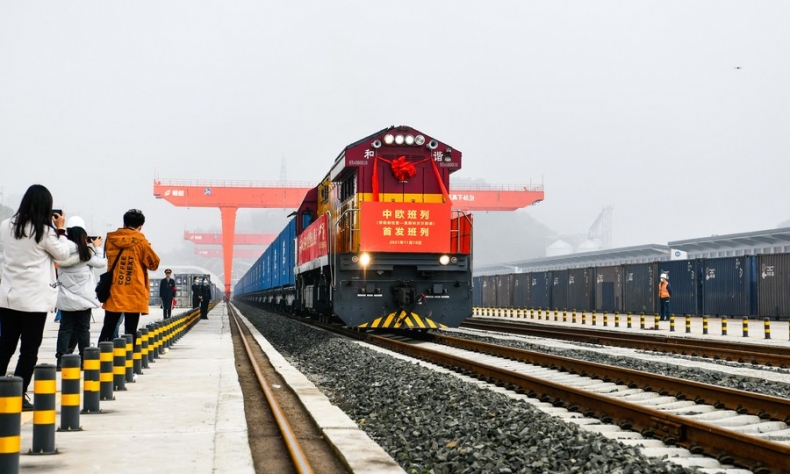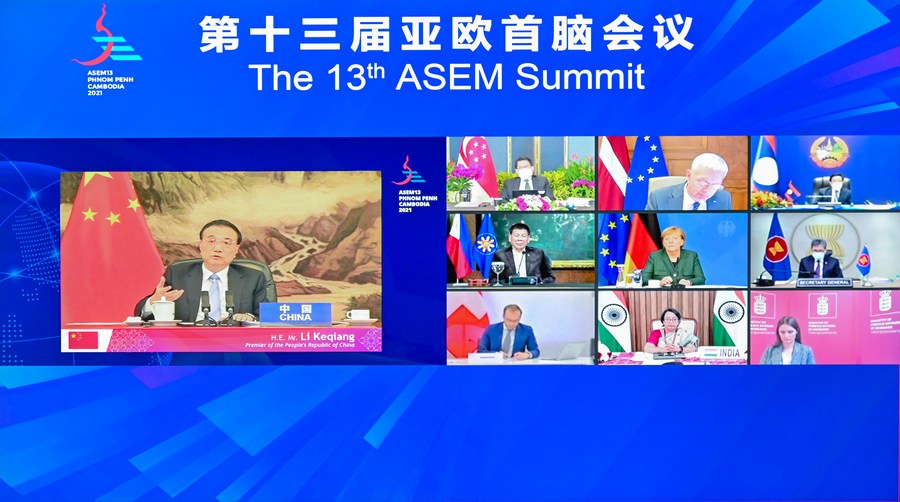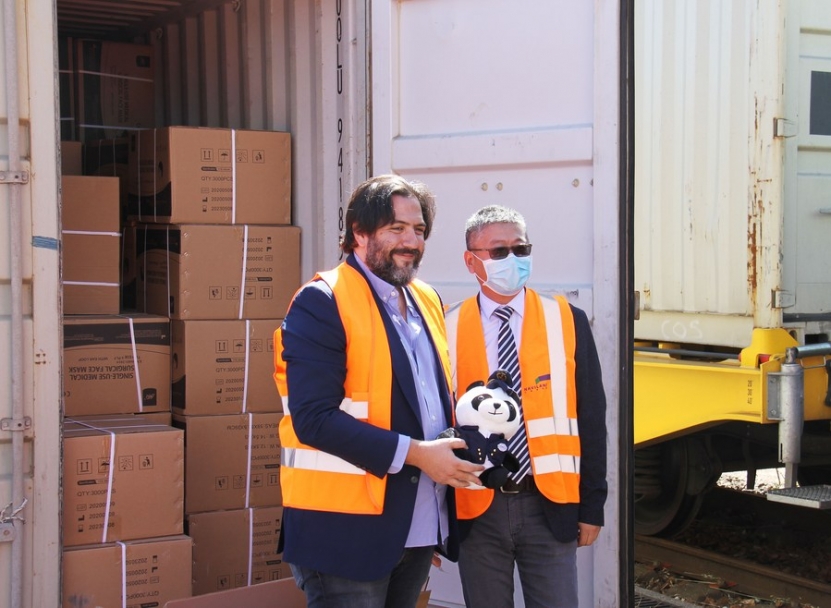Post-Pandemic Partnerships

Thanks to the economic heavyweight that is Eurasia, new outlines stemming from the ASEM Summit are expected to have a positive outcome across the globe.
Premier Li Keqiang attended the 13th Asia-Europe Meeting (ASEM) Summit hosted by the Cambodian Government via video link on November 25. In his speech, Li expressed China’s consistent stance of willingness to strengthen multilateralism for shared growth and its support for the common efforts and agenda of Asia and Europe, combined with commitments to inclusive development, digital connectivity, as well as infrastructure construction.
This year marks the 25th anniversary of ASEM, and its summit is the highest-level meeting under this framework. Amid big changes unseen in a century and ravages of the COVID-19 pandemic, unilateralism and protectionism are wreaking havoc on globalization and multilateralism. Against this backdrop, the summit’s theme of “strengthening multilateralism for shared growth” implies the international community’s common wish for peace and development. Premier Li’s remarks reflect the Chinese understanding of and strengths in global economic development in the post-pandemic era, particularly in regards to political and economic cooperation across Eurasia.

Regional hotspots and global challenges are mounting, and what are the responses from the international community? Li offered China’s answers in his remarks. The Chinese Premier pointed out that upholding multilateralism is the right choice for maintaining world peace and stability, and the world needs to safeguard the international system with the UN at its core, the international order underpinned by international law, and the basic norms of international relations based on the purposes and principles of the UN Charter.
Adhering to multilateralism is the foundation for the significant ASEM influence. Only when based on multilateral consensuses can fruits from the meeting play tangible roles in guiding cooperation across various areas. As Asia and Europe are still at different stages of development, blessed with different cultures, it’s important for them to explore fresh modes of cooperation and innovation in the spirit of multilateralism, which can further help set inspiring examples for cooperation in the rest of the world.
The question then becomes: How can Asia and Europe proceed with cooperation and development? From China’s point of view, connectivity and green development are key.

In the past 25 years, cooperation between Asia and Europe has widened in a variety of fields. This summit has highlighted new areas where the two continents need to deepen teamwork, including the digital economy which can be integrated with conventional initiatives such as infrastructure construction. Meanwhile, both are paying more attention to people-to-people connections in terms of education, culture, tourism, sports and media, among others. The upcoming Olympic Winter Games Beijing 2022 are surely going to provide huge opportunities for exchange and connectivity between people from all four corners of the world.
The pursuit of green development is undoubtedly vital to sustaining economic growth in the 21st century. A number of countries throughout Asia and Europe have set their goals for reaching peak carbon emissions and realizing carbon neutrality and have also put forward plans and policies on green transition. This is also where Asian and European countries can execute a range of cooperative initiatives. In boosting a post-pandemic recovery, countries need to seek out a win-win model in both economic development and ecological conservation as well as advance their green and low-carbon transition. With the objectives of peaking carbon emissions before 2030 and reaching carbon neutrality before 2060 looming ahead, China, as the world’s largest developing country, has to make painstaking efforts to realize low-carbon growth and a green transition in the course of modernization.
ASEM has 53 members, accounting for nearly 60 percent of the world’s population, more than half of the world’s economic aggregate and 70 percent of global trade. Thanks to the economic heavyweight that is Eurasia, new outlines stemming from the ASEM Summit are expected to have a positive outcome across the globe.
 Facebook
Facebook
 Twitter
Twitter
 Linkedin
Linkedin
 Google +
Google +










